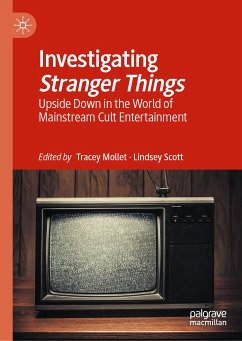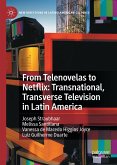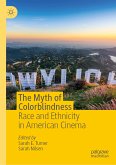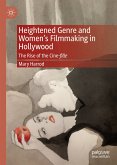This book explores the narrative, genre, nostalgia and fandoms of the phenomenally successful Netflix original series Stranger Things. It considers the different ways in which the show both challenges and confirms our pre-conceived notions of cult media texts by examining the series' textual features, contextual criticism and forms of audience engagement. The chapters examine all aspects of the show's presence in popular culture, engaging with debates surrounding cult horror, teen drama and contemporary anxieties in the age of Trump. The book also touches upon relatively neglected areas of scholarship in the realm of cult media, such as set design, fashion and the textual complexities of the Secret Cinema experience. Discussions within the book also serve to demonstrate how cult texts are facilitated by the new age of television, where notions of medium specificity are fundamentally transformed and streaming platforms open shows to the extensive analysis expectedfrom (now mainstream) cult fandoms.
Tracey Mollet is Lecturer in Media and Communication at the University of Leeds, UK. She is the author of Cartoons in Hard Times: The Animated Shorts of Disney and Warner Brothers in Depression and War (2017) and A Cultural History of the Disney Fairy Tale: Once Upon an American Dream (2020). She has published widely on American popular culture, including several articles and chapters on Stranger Things, intertextuality and nostalgia.
Lindsey Scott is Lecturer in English at the University of Suffolk, UK, where she teaches adaptation studies and gothic horror in young adult fiction. Her work has appeared in edited collections and journals including Literature/Film Quarterly and Shakespeare Survey. She is currently writing on horror in children's literature and popular culture.
Dieser Download kann aus rechtlichen Gründen nur mit Rechnungsadresse in A, B, BG, CY, CZ, D, DK, EW, E, FIN, F, GR, HR, H, IRL, I, LT, L, LR, M, NL, PL, P, R, S, SLO, SK ausgeliefert werden.









